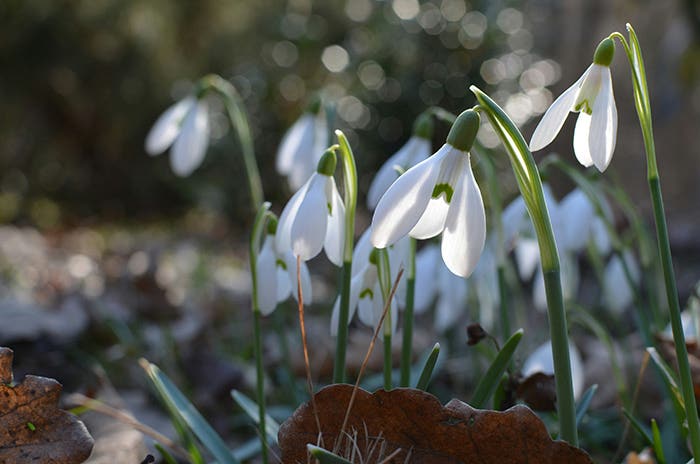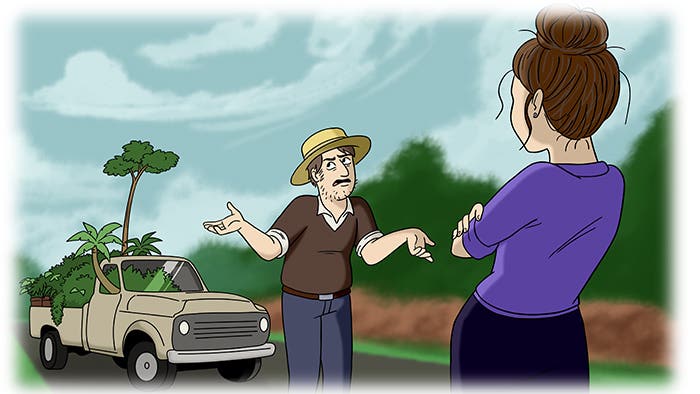What’s Up With Volunteer Plants?
Any plant that the gardener didn’t put in, and is not a weed, is known by the term volunteer. In most cases gardeners consider these plants more than welcome, though…
Any plant that the gardener didn’t put in, and is not a weed, is known by the term volunteer. In most cases gardeners consider these plants more than welcome, though they may need to be relocated or even shared. (Who can resist free plants?)
Here are 4 ways that volunteer plants usually turn up:
1. A very common way to get a volunteer is by making and using your own compost. Almost any veggie with seeds, such as squash, melons, tomatoes and cucumbers, can grow from homemade compost. We have even heard of volunteer peppers, which is more unusual than others. Often gardeners will get potatoes from compost as well, though we have never experienced this. But then, we don’t compost too many potatoes.
2. Critters can also be the cause of garden volunteers. The most common example of this perhaps is sunflowers. Seeds knocked from birdfeeders, or carried away and dropped by squirrels, can easily sprout the following spring. Have you ever found a daffodil in a place you didn’t plant one? Critters. One must have tried, unsuccessfully, to carry off the bulb. Animals can also create volunteer plants from their droppings. Birds eat raspberries; raspberries have indigestible seeds; you get the idea.
3. Many plants will reseed themselves—the natural order of things, actually. Volunteers found from nature this way can include herbs such as mint and its many relatives. For years we thought dill was a perennial herb, until we learned it was just growing from the seeds it dropped the previous year. Cherry tomatoes will reseed themselves with abandon. In fact, tomatoes in general are probably the most common volunteer plant. This is because they can grow via any of these three methods.
4. The last method is the least common, and therefore the most fun. Volunteers can grow unexpectedly from the previous year’s plantings. The most common example of this type of volunteer, for us, is potatoes. You grow the taters, you harvest the crop, but you miss a few small ones. Next spring, yep, here come the tater plants. You got to love free food.
The rarest example of a volunteer we have found is from biennial plants, specifically parsnips and carrots. These veggies grow their roots one year, and if left in the ground and they survive the winter, will produce flowers the following year. This does not happen often in the North; a carrot usually won’t make it past January. Parsnips will survive only to be harvested in early spring. This usually means we must rely on our Southern friends to replenish seed.
This year we have been fortunate. The parsnip flower (pictured) and one carrot plant both grew from seed that was planted but did not sprout in last fall’s garden, yet survived the winter. They won’t give us veggies, but they will give us the seed to grow more. We’ll take it. We like free seeds, too.
Gardening Jones is a master gardener in Pennsylvania. Learn more at gardeningjones.com/blog.
----------------------------------------------------
Find more resources on seeds and seed starting.
Diagnose and treat vegetable ailments with What's Wrong With My Vegetable Garden?This book includes only organic methods of treatment.
Keep on top of your vegetable-garden tasks with the Week-by-Week Vegetable Gardener's Handbook.
Browse choice seed packets and great planting tools at GardenersHub.com.







